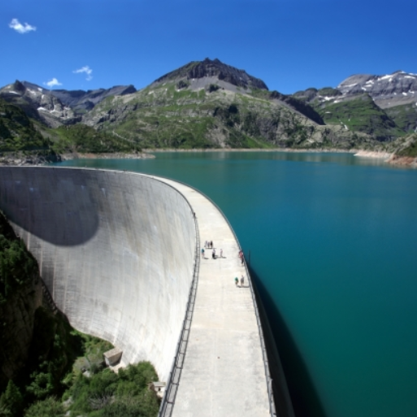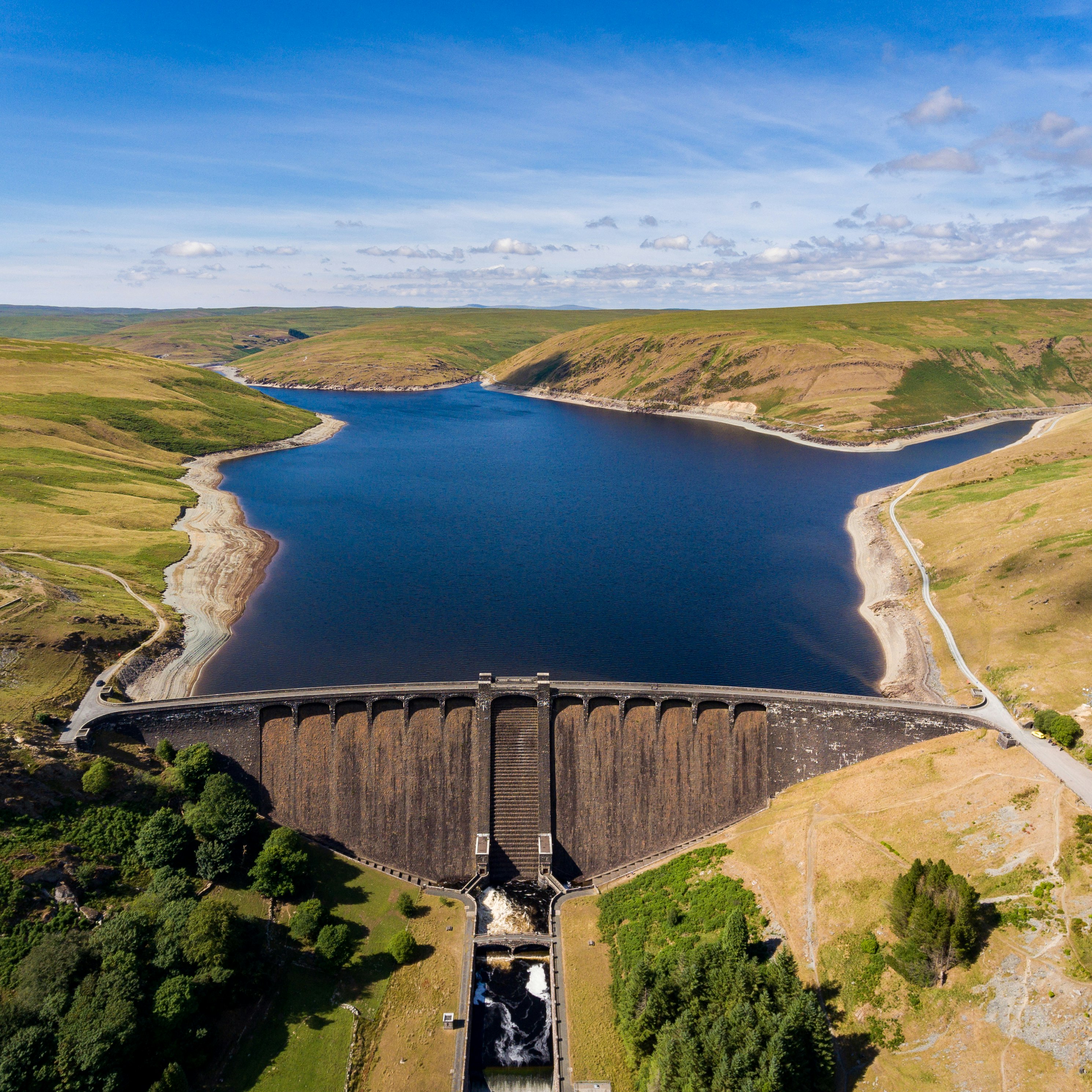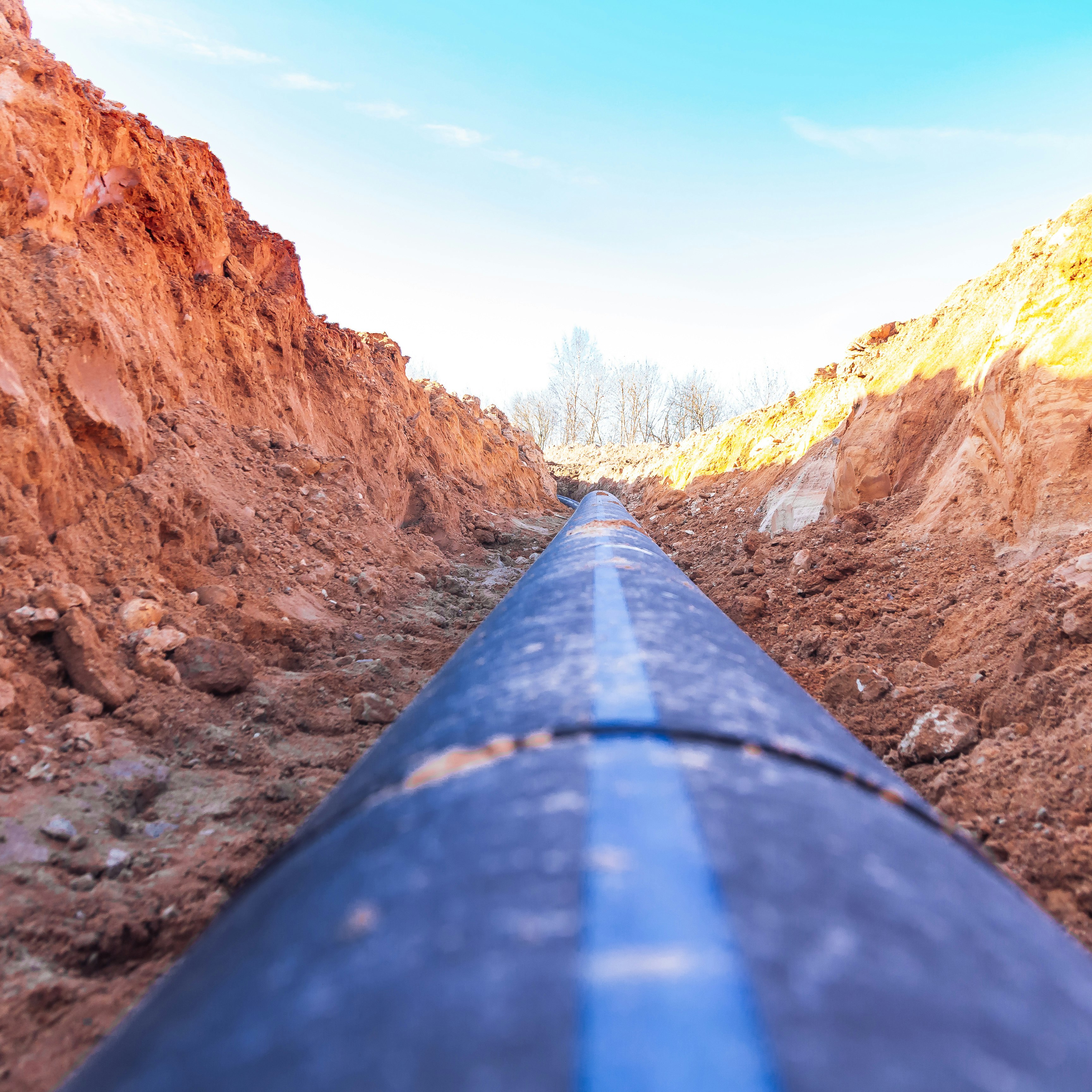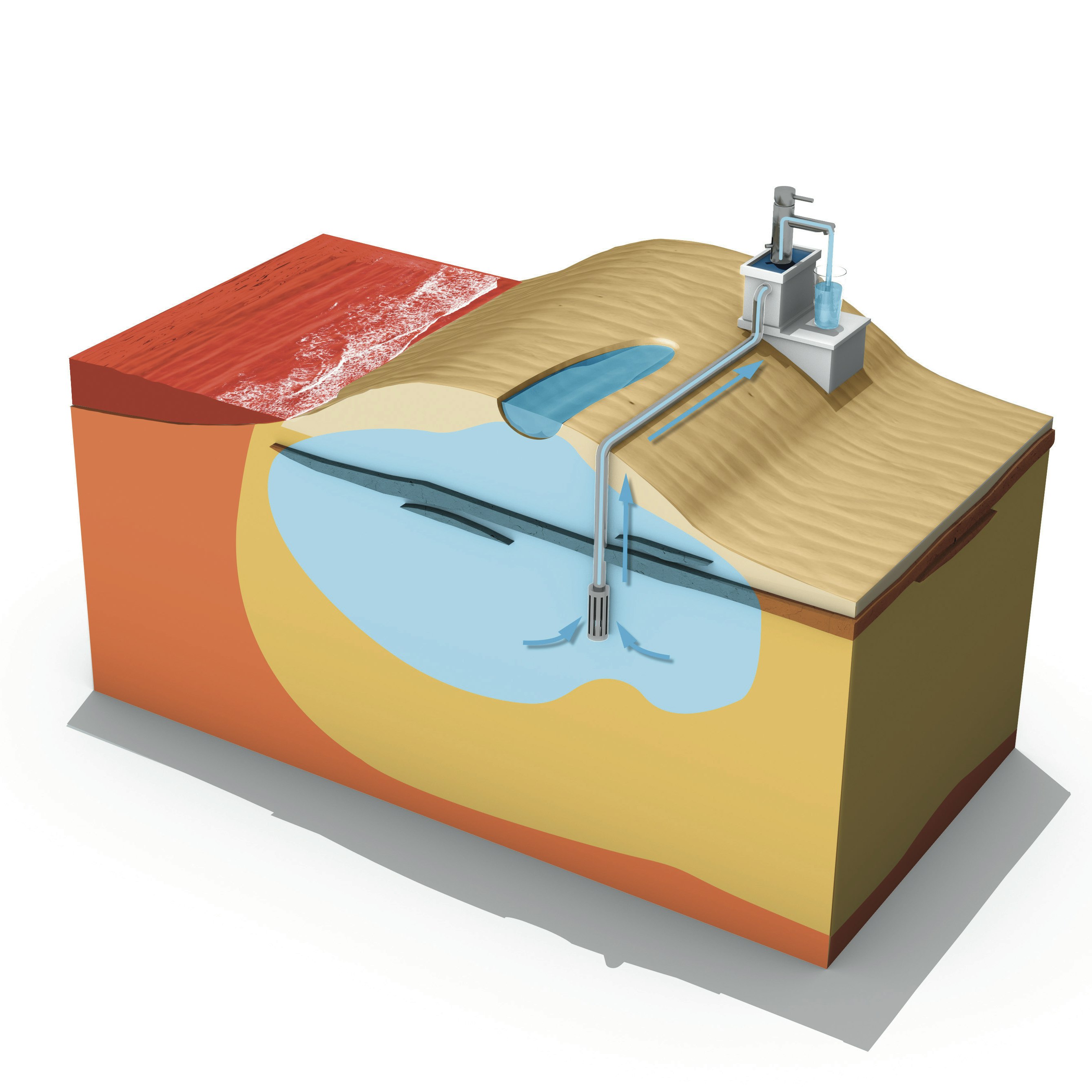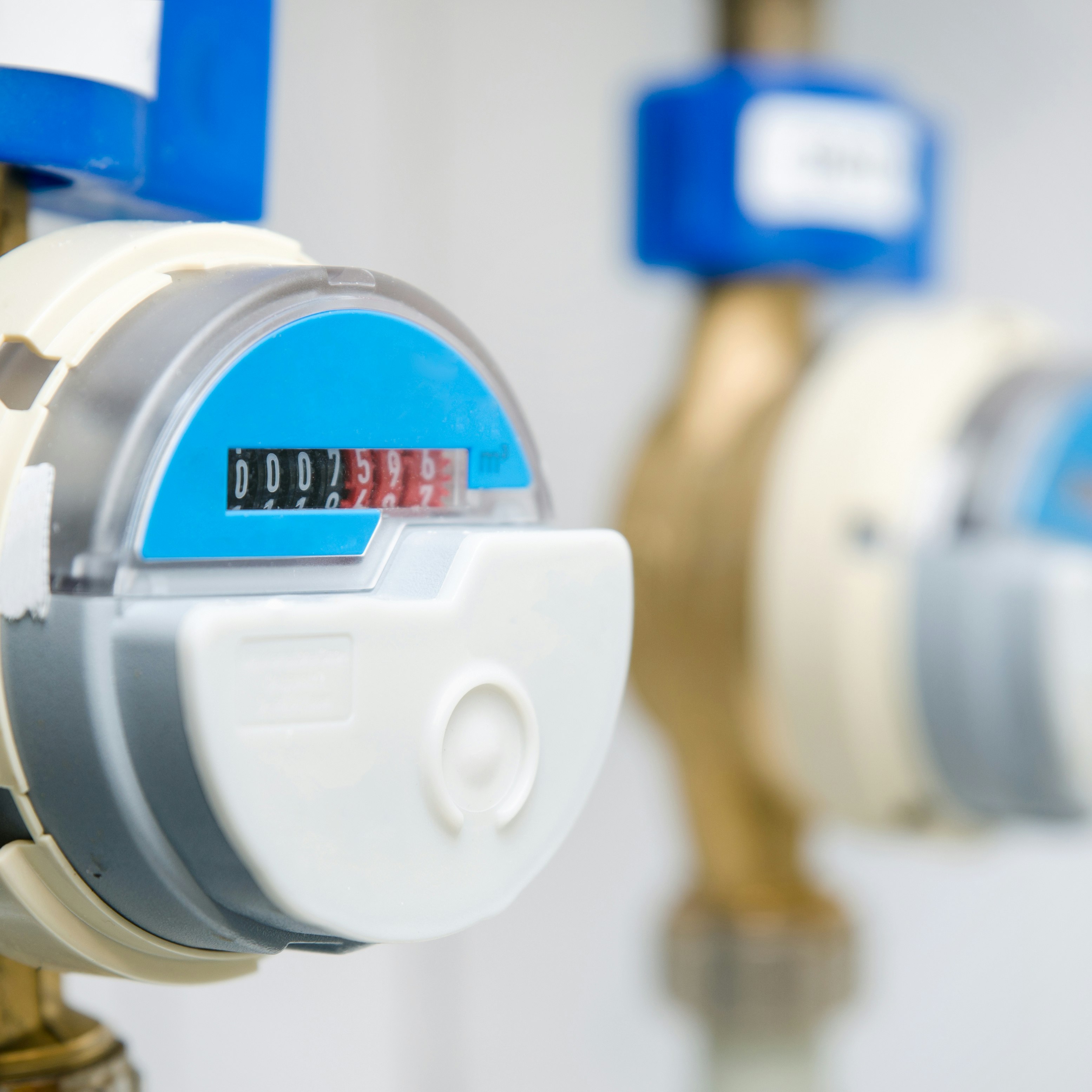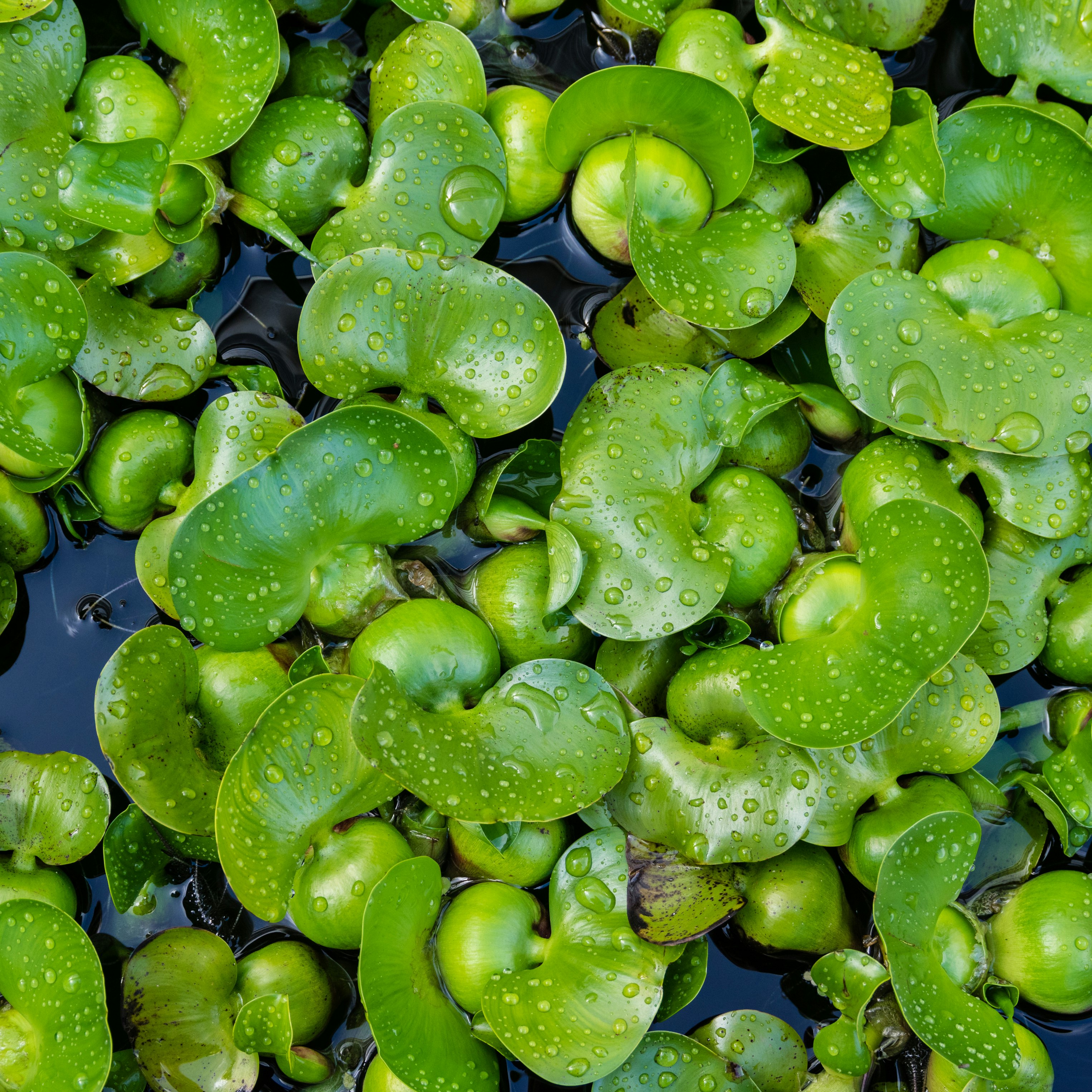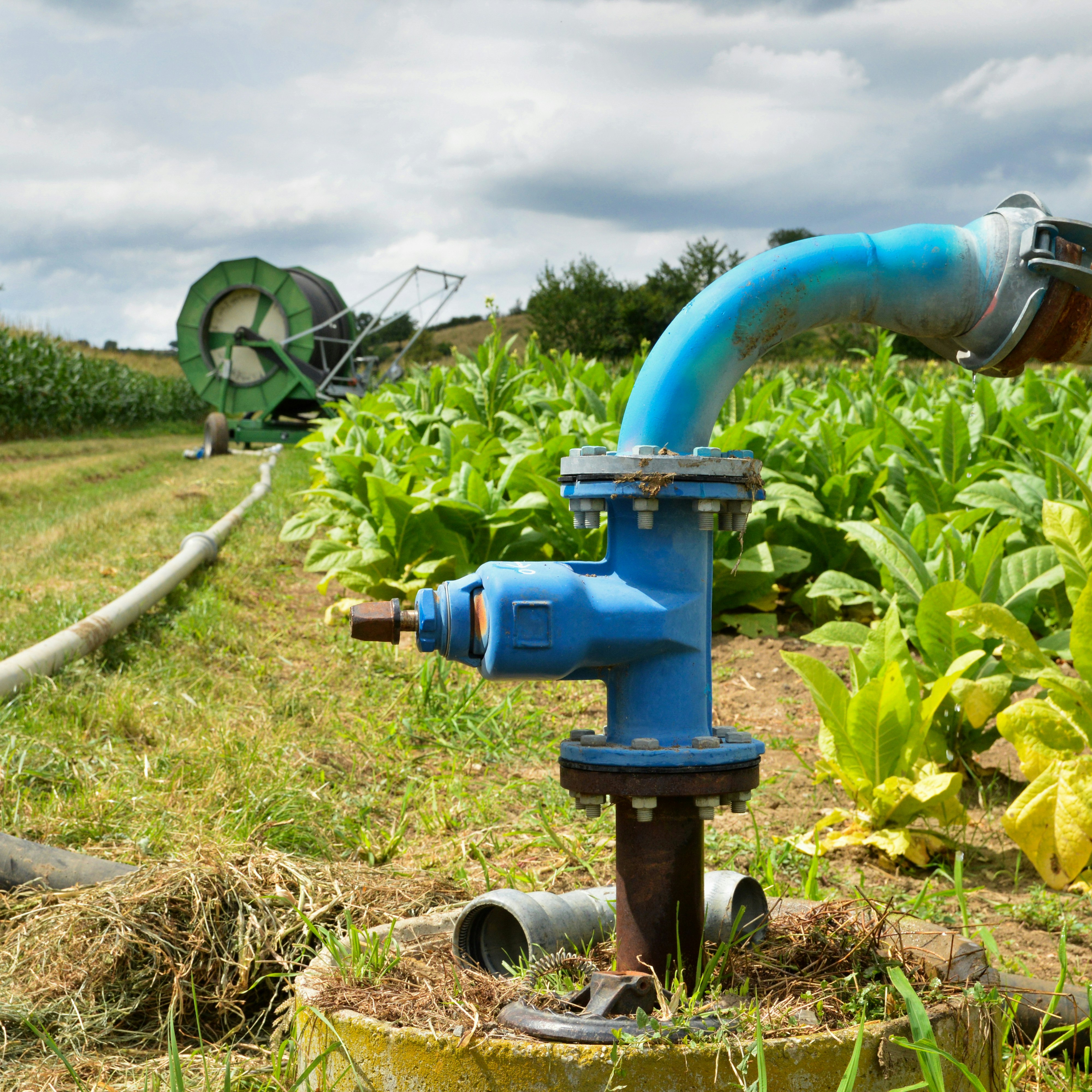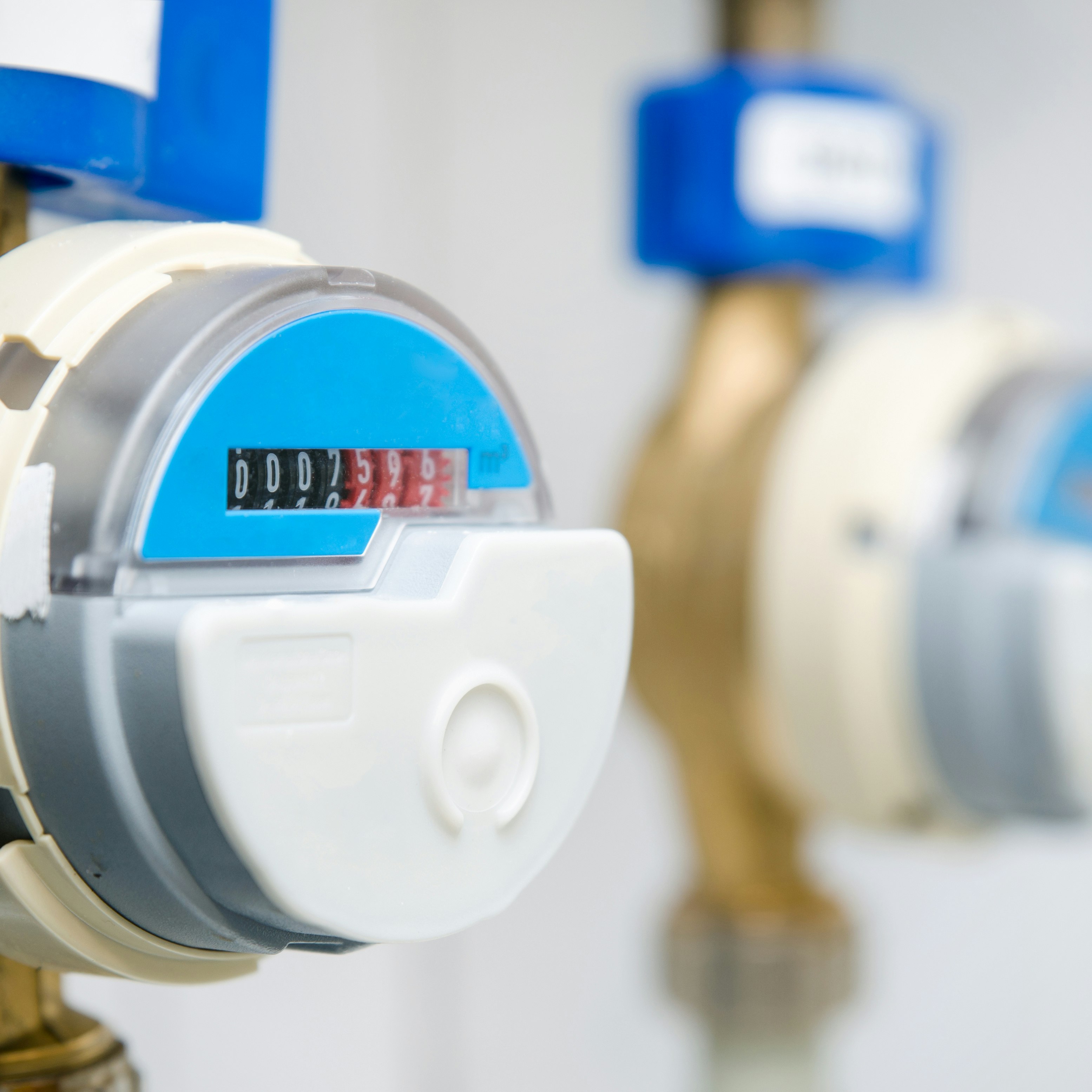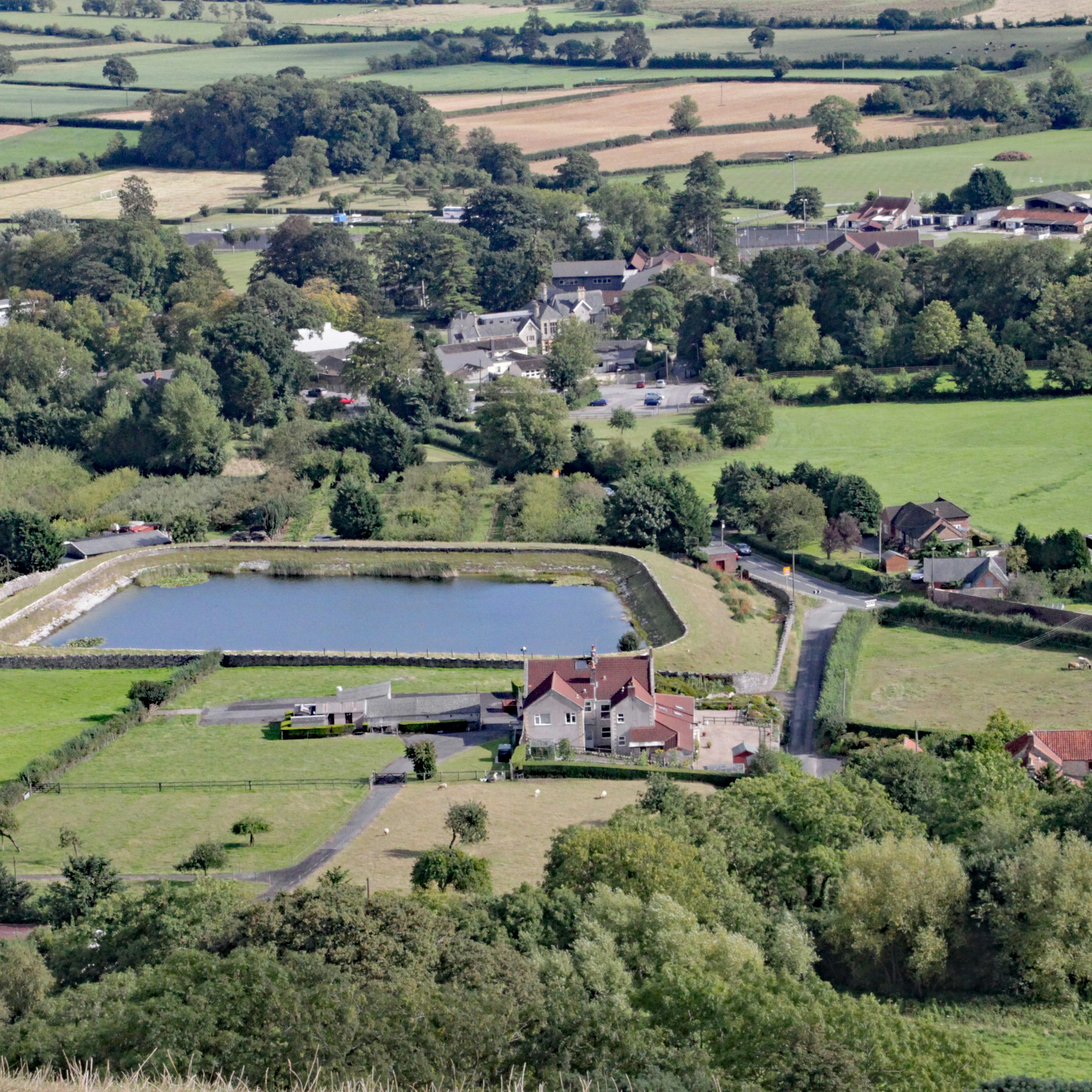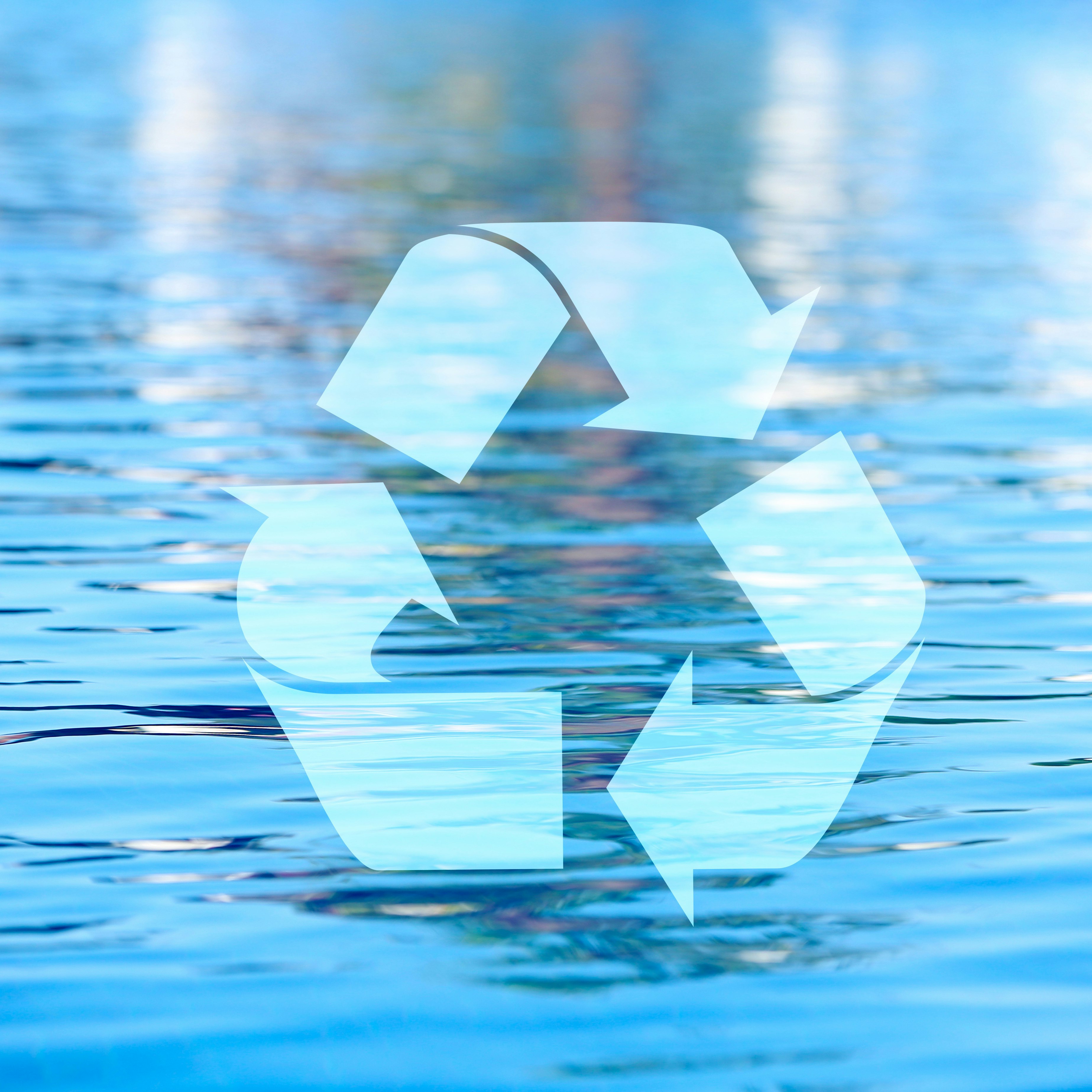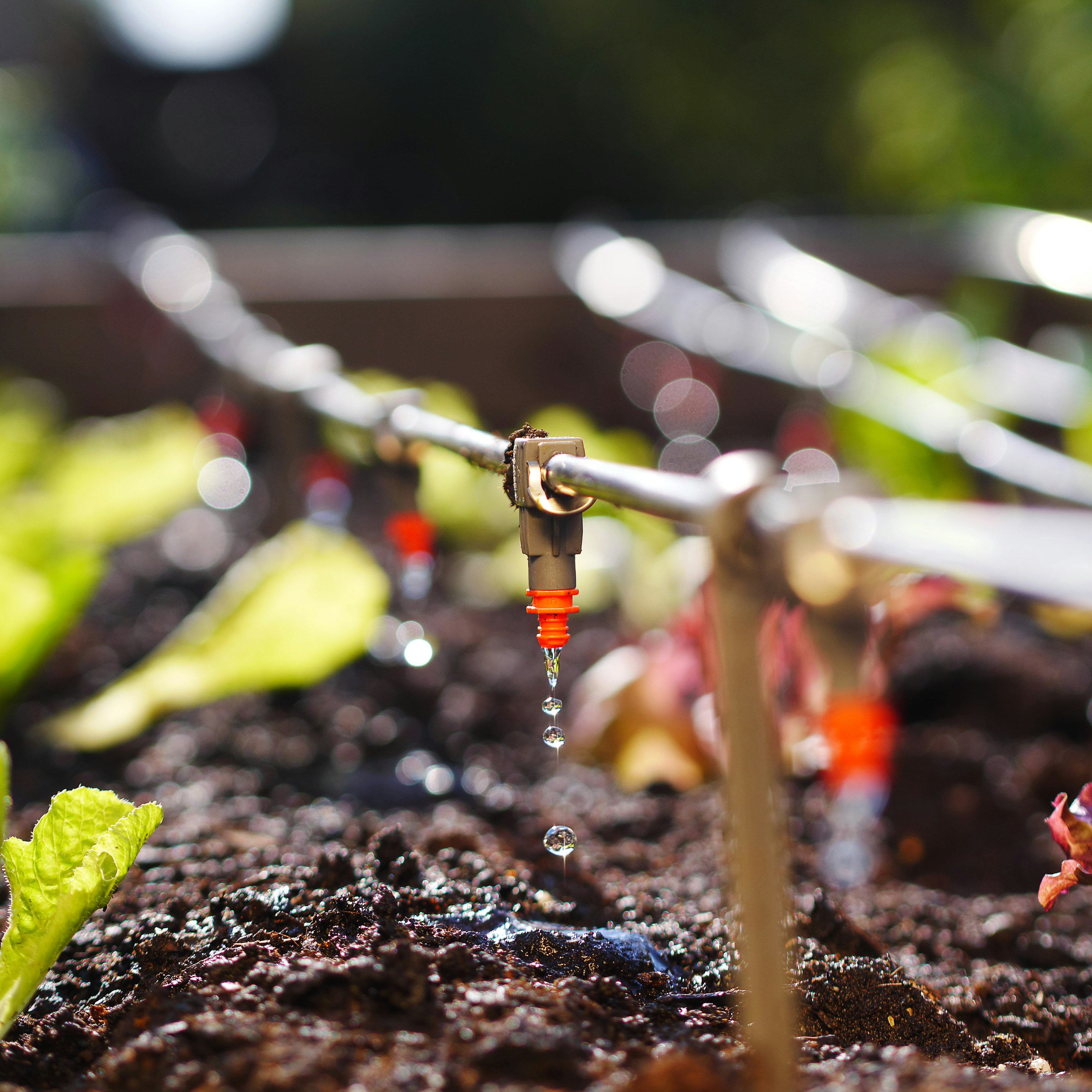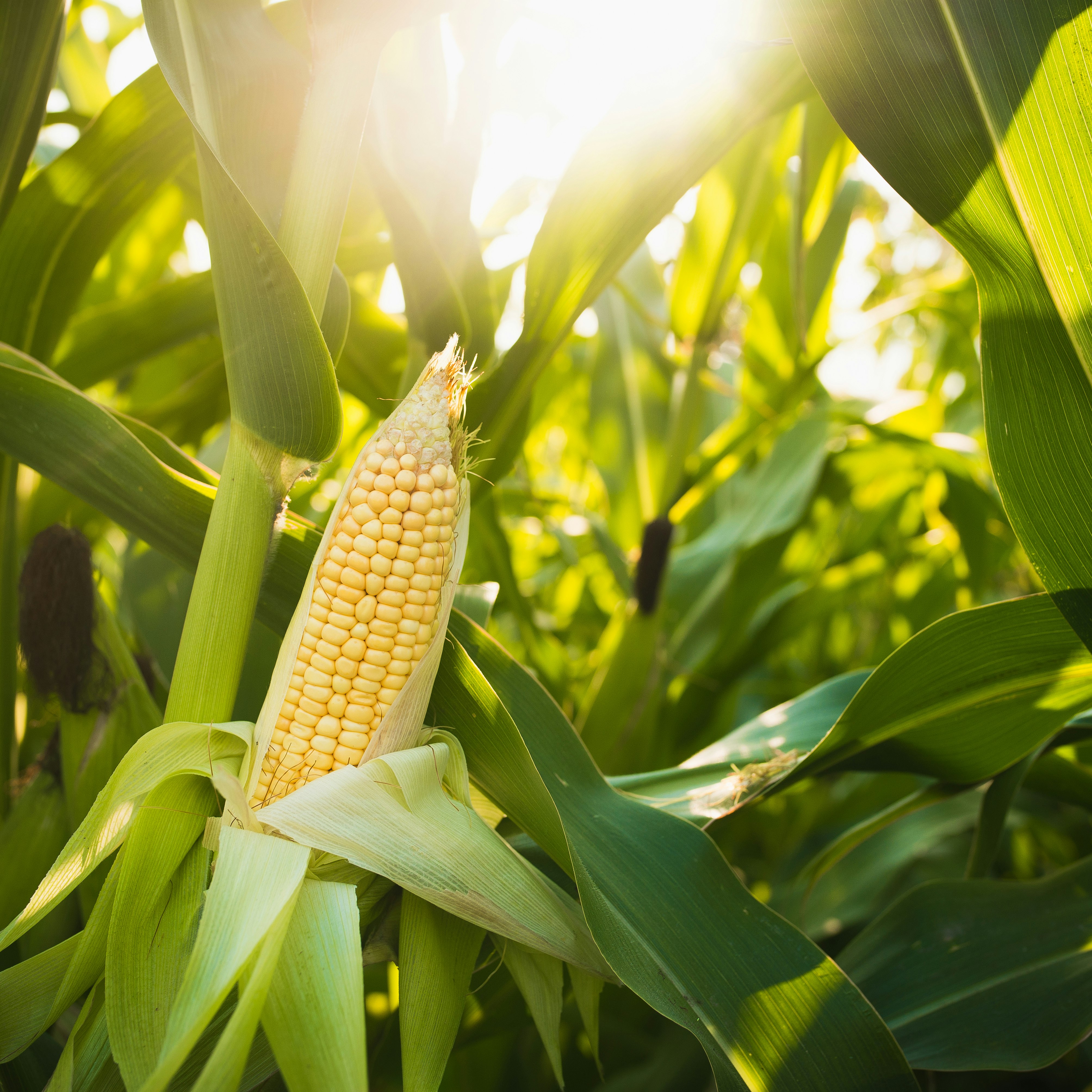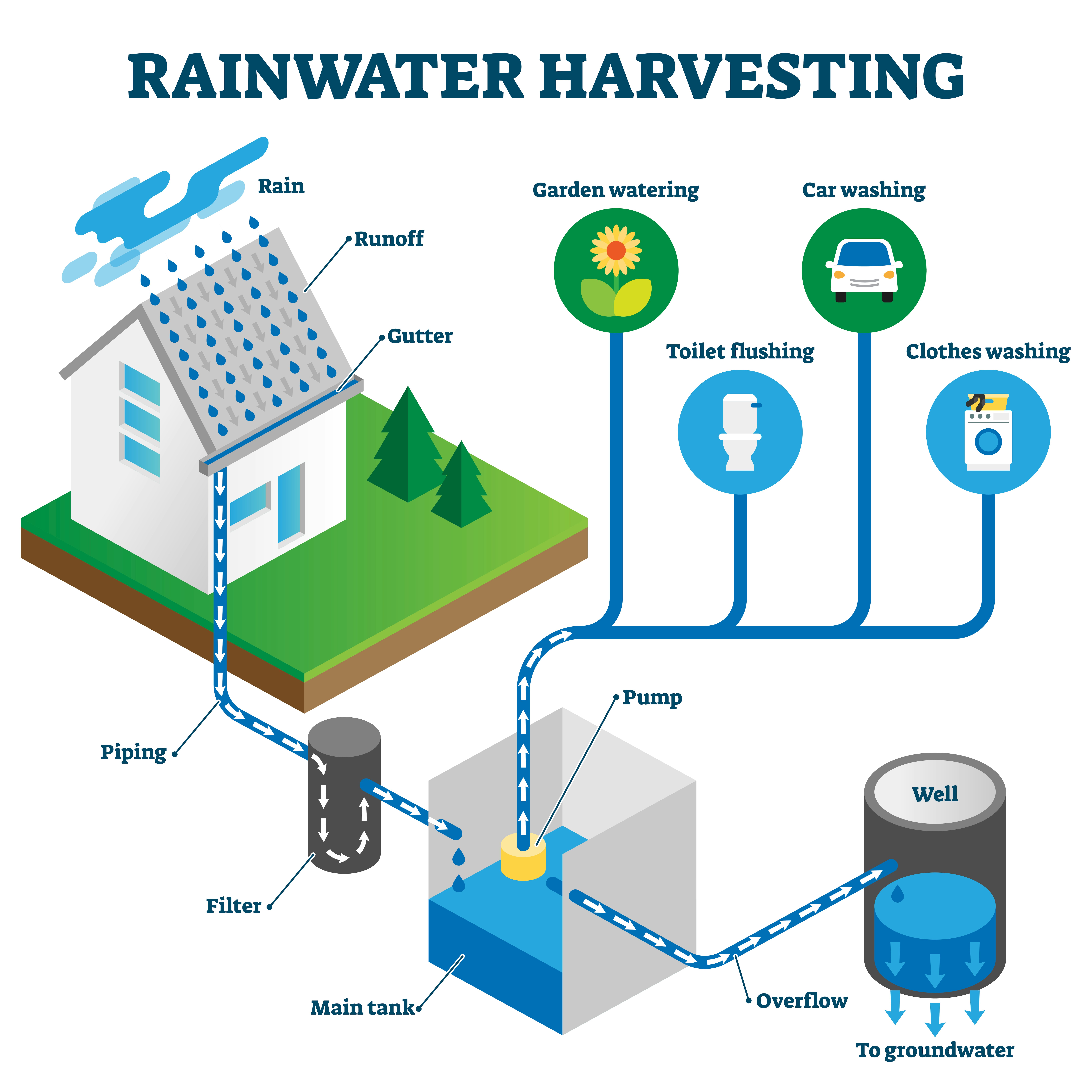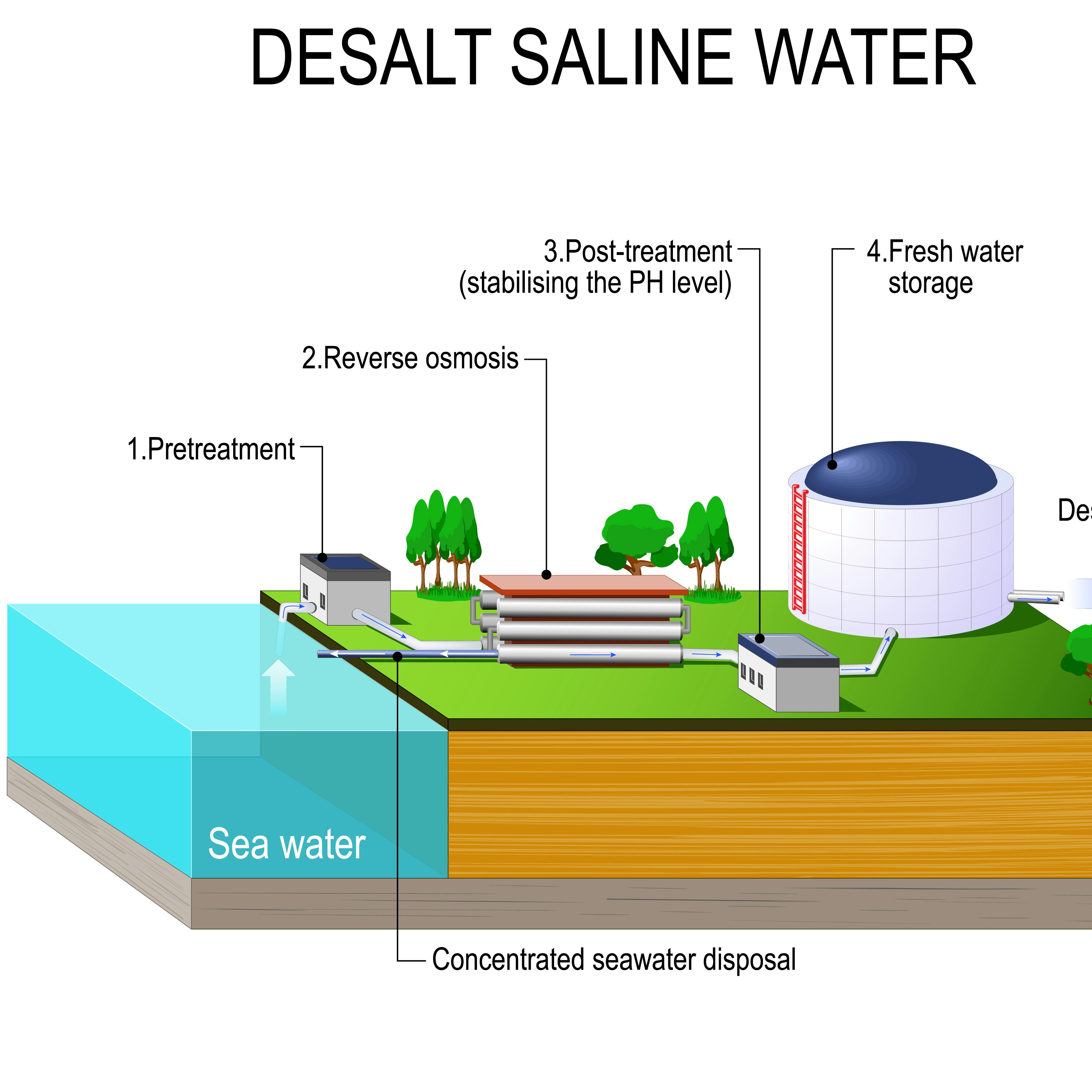 by Deltares
by Deltares
Water Scarcity Actions Wayfinder
1. Develop water scarcity strategies
This Water Scarcity Actions Wayfinder enables the development of mitigative and adaptive strategies to reduce water scarcity risk in the area of interest. It provides a shared knowledge base about physical, environmental, economic, social, and political suitability of a variety of possible measures. The measures target increasing water supply, reducing water demand, and reducing vulnerability levels.
This Actions Wayfinder contains information about different types of measures: grey infrastructure, nature based solutions, soft measures and operational measures (more information below). The measures can be combined in a water scarcity solution strategy depending on the regional or local environmental, social, economic and political situation. To support the multi-stakeholder proces of selecting and combining measures, the sections below provide information cards for each measure describing the following characteristics:
- type of measure (more information below)
- benefits and so-benefits
- other potential impacts
- spatial and temporal characteristics
- reinforcing measures
- technical and environmental suitability
- social, economic, and political suitability
The water scarcity measures in this Actions Wayfinder are ordered according to their size and spatial scale, ranging micro scale at the level of a household or a small industrial plant or farm to the that scale of a basin or province.
Note: This Actions Wayfinder is under development. We are in a continuing process of collecting water mitigation and adaptation measures and information about their characteristics. Please contact us if you want to contribute to the WaterLOUPE initiative with your expertise of water scarcity mitigation measures.
2. Types of measures
The following types of measures are included in this Actions Wayfinder:
Grey Infrastructure are measures that are discrete, with clear and tangible outputs and outcomes that are well defined in scope, space, and time. This mainly involves fully man-made hard and physical structures and mechanical equipment, aimed at providing direct or indirect protection from climate hazards. Sources: IPCC (2014) and World Bank (2019)
Nature-based Solutions are actions to protect, conserve, restore, sustainably use and manage natural or modified terrestrial, freshwater, coastal and marine ecosystems, which address social, economic and environmental challenges effectively and adaptively, while simultaneously providing human well-being, ecosystem services and resilience and biodiversity benefits.’ The ‘Resolution on Nature-based Solutions for Supporting Sustainable Development’ also calls on UNEP to support the implementation of NbS, which safeguard the rights of communities and indigenous peoples. Sources: IUCN (2022) and UNEA (2022)
Soft measures include non-physical interventions and measures, in most cases implemented/executed by governments, public agencies, or NGOs. This includes social (e.g., educational, informational, behavioural) and institutional (e.g., economics, laws and regulations, government policies and programs) measures. Source: IPCC (2014)
Operational measures are measures aimed at improving the efficiency of the operations and management of existing system without substantial changes in the physical infrastructure. This also includes measures aimed at adapting the operations of the existing system to climate change, for instance, by changing cropping schedule and patterns. Having an operational drought (risk) early warning system in place is crucial to respond timely and focussed to periods of water scarcity. Source: WMO (2018) and World Bank (2019)
